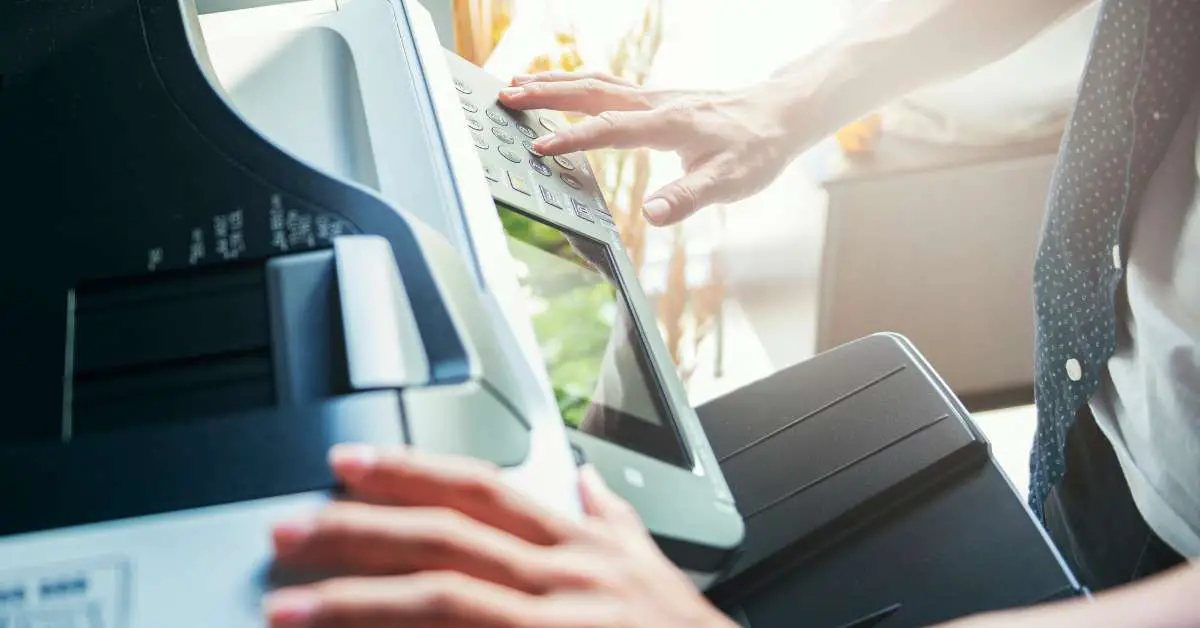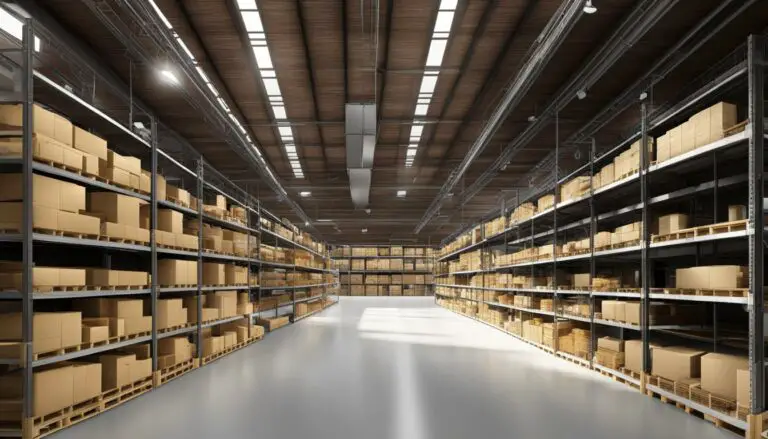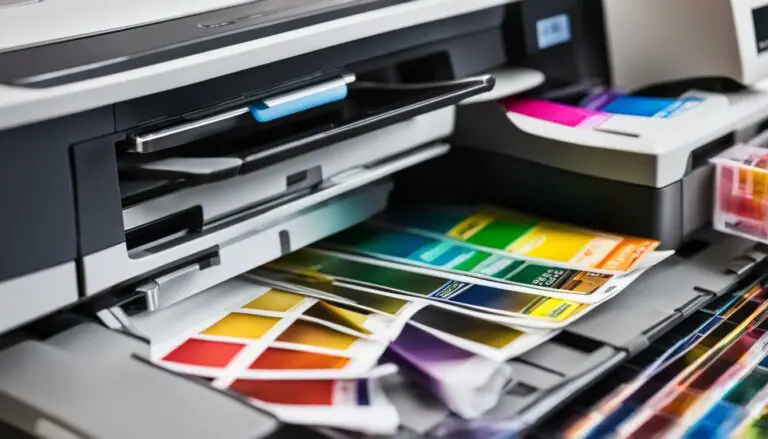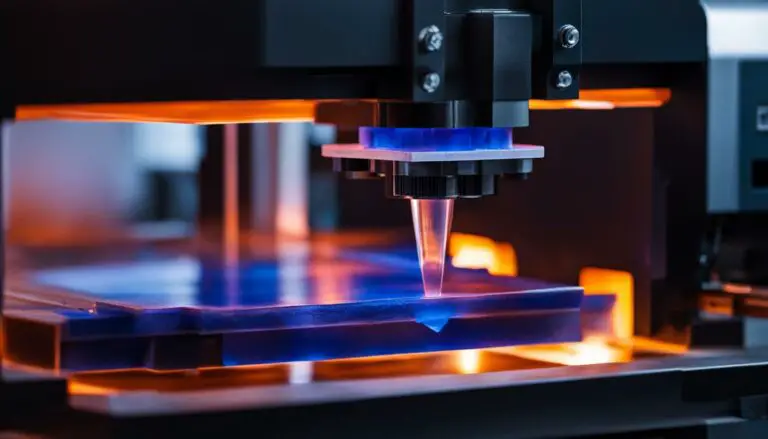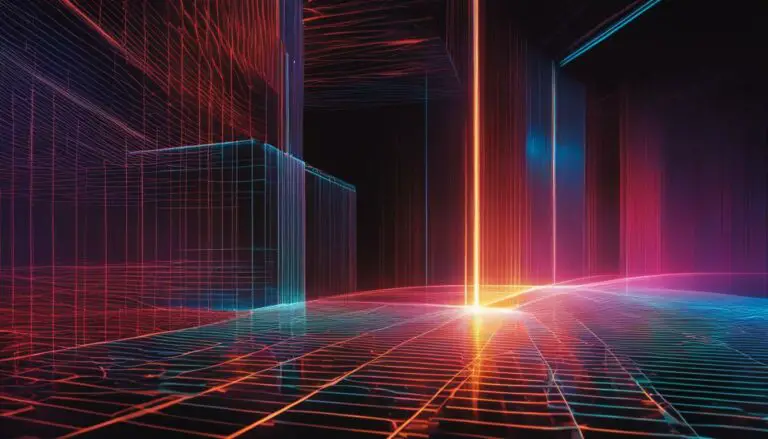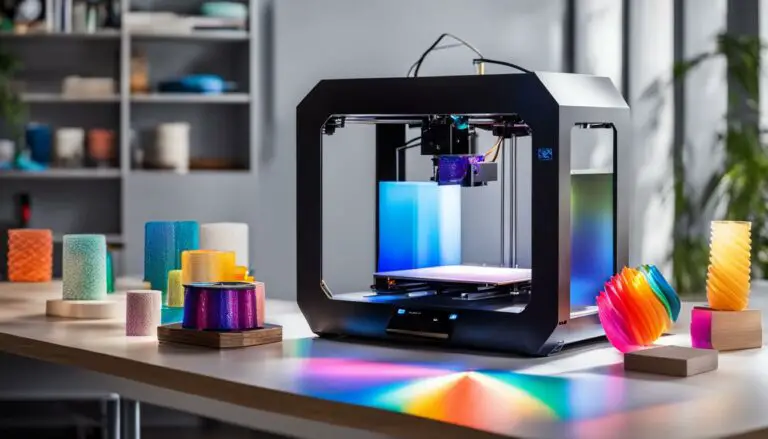Different Types of Printers and Their Functions: The Ultimate List
Originally posted on September 21, 2023 @ 1:52 pm
Printing technology has made significant advancements since the invention of the first printing press. In present times, printers serve a wider range of purposes beyond producing simple black-and-white papers.
They come in all shapes and sizes, each with pros and cons. Get ready to dive into the fascinating world of printers as we explore their types and what they can do for you.
Whether you’re a home user, a student, or a business pro, there’s a printer with your name on it. Let’s uncover the ultimate list of different types of printers and their amazing functions!
What Are the Types of Printers?
Printers, devices that generate physical copies of digital documents or images, find common usage in homes and offices, serving many purposes. Several types of printers exist within the market, each possessing distinct functions and capabilities. Let’s delve into these diverse printer categories:
Inkjet Printers
Inkjet printers spray tiny black ink droplets onto paper to create text and images. The inkjet printing technology is one of the most commonly used on the market.
The best part? Inkjet printers can print high-quality color and black-and-white documents, making them suitable for text and photo printing.
Moreover, inkjet printers don’t cost much! They’re versatile, compact, and can produce sharp images with vibrant colors. However, inkjet ink cartridges can be costly, and the print speed may be slower than other types of printers.
Laser Printers
Laser printers shoot a special light beam to make an electric picture on a spinning drum. Afterward, this picture gets stuck onto paper with heat.
Moreover, they’re ideal for high-volume printing, such as in offices, as They’re fast and produce crisp text. Laser printers offer quick printing speeds, sharp text output, and cost-effective long-term use.
However, they’re typically larger and more expensive upfront than inkjet printers. You can also find color laser printers, but they’re costly.
Dot Matrix Printers
Dot matrix printers use a grid of small pins to hit a ribbon covered in ink. This makes letters and pictures using lots of dots in a row. They were more popular in the past. Now, a dot matrix printer is mainly used for tasks like printing receipts and carbon-copy forms.
These printers create multiple copies simultaneously. And they’re relatively durable. But they produce low-quality output compared to modern printers and can be noisy.
Thermal Transfer Printers
Thermal printers use heat to create an image on special thermal paper.
They provide direct thermal and thermal transfer, and they’re commonly used in receipt printers, shipping label printers, and fax machines.
Additionally, they’re fast, quiet, and don’t require ink or toner. However, the print quality of a thermal printer may fade, and the paper can be expensive.
Dye-Sublimation Printers
Dye-sublimation printers use heat to transfer dye onto special paper or other materials like fabric or plastic. They’re popular for high-quality photo printing and creating customized items like mugs and T-shirts.
Additionally, they produce vibrant, long-lasting prints with excellent color accuracy, but the cost of consumables (ink and paper) can be relatively high. And they’re not ideal for standard office documents.
3D Printers
3D printers create three-dimensional objects by layering material (often plastic) on top of itself based on a digital 3D model.
They’re used in various fields, including manufacturing, healthcare, and education, for rapid prototyping and custom parts production.
Furthermore, they can create complex shapes and prototypes, revolutionizing many industries. However, 3D printing can be slow for large objects, and the cost of materials can increase over time.
All-in-One Printers (Multifunction Printers)
Multifunction printers combine all the functions into one device, including printing, copying, scanning, and even faxing. They’re versatile and space-saving, making them suitable for home and office use.
Moreover, they provide convenience by consolidating multiple tasks into one machine. However, some may not excel in every function, so it’s important to choose one based on your specific needs.
Large Format Printers
Large-format printers, also known as wide-format printers, can produce much larger prints than standard document sizes. They’re used for printing posters, banners, architectural plans, and artwork.
Additionally, they can produce oversized prints with high detail and quality. However, they’re typically expensive and take up significant space.
Mobile Printers
Mobile printers provide on-the-go printing. They’re compact and ideal for printing documents or photos directly from smartphones and tablets. The best part? They’re also lightweight and can be used while traveling or in remote locations.
However, they may have limited paper capacity and print speed compared to larger printers.
Plotters
Plotters produce high-quality, large-scale graphics, such as engineering and architectural drawings. They’re specialized printers commonly used in industries where precision and accuracy matter.
They can handle larger paper sizes and create detailed, accurate drawings. However, they’re expensive and not suitable for typical office printing needs.
UV Printers
UV printers use ultraviolet light to cure inks or coatings instantly, making them suitable for printing on various materials, including glass, wood, and metal. They’re used for creating signage, promotional items, and customized products.
The best part? UV printing offers vibrant colors and durability on various surfaces. However, initial equipment costs can be high, and maintenance may be needed to keep the printer functioning optimally.
Digital Presses
Digital presses make a great choice for commercial printing and publishing. They’re high-volume printing machines suitable for large quantities of books, brochures, and other printed materials.
They offer fast, consistent, high-quality printing for large print runs. However, they’re expensive and may require specialized training to operate effectively.
In summary, there’s a wide array of printers, each designed for specific purposes and printing needs. Choosing the right printer depends on the type of documents or images you need to print, the printing volume, and your budget.
Consider your requirements carefully to select the printer that best suits your needs, whether for everyday home use, office tasks, creative projects, or industrial applications.
What Type of Printer Should I Buy?
Choosing the best printer can be overwhelming with so many options. To help you decide which type of new printer you should buy, consider the following factors and your specific needs:
Printing Purpose
Home Use: If you need a printer primarily for occasional home use, like printing documents, school assignments, or family photos, an inkjet printer should suffice. They’re affordable and can handle a variety of printing tasks.
Small Businesses: A laser printer is a good choice for a small office or home office (SOHO) where you must print frequently. It offers fast and efficient text printing.
Color or Black and White
Consider an inkjet or color laser printer if you need to print in color. For basic black-and-white documents, a monochrome laser printer is cost-effective.
Print Volume
For bulk printing, a laser printer with a high page-per-minute (PPM) rate and a large paper tray may be more suitable. Inkjet printers make a better choice for lower print volumes.
Printing Photos
If you’re into photography and want to print photos, a dedicated photo printer or a high-quality color inkjet printer with photo capabilities is a good choice. Consider other costs like glossy photo paper for the printing process, maintenance, etc.
Size and Space
Consider the available space where you plan to put the printer. Consider a compact inkjet printer if you have a small space, as laser printers can be larger.
All-in-One or Single Function
An all-in-one (a multifunction printer) combines printing, copying, scanning, and even faxing in one machine. It’s convenient for saving space and money if you need these functions.
Connectivity Options
Ensure the printer you choose has the connectivity options you need. Common features include USB, Wi-Fi, Bluetooth, and mobile printing capabilities.
Cost Considerations
Think about both the upfront cost of the printer and the long-term cost of consumables like ink or toner cartridges. Some printers may be inexpensive initially but cost more to maintain.
Brand and Model
Consider reputable brands known for quality and reliability. Read reviews and compare printer models within your budget.
Additional Features
Some printers have extra features like automatic duplex (double-sided) printing, touchscreen controls, and memory card slots for direct photo printing. Assess whether these features matter to you.
Compatibility
Ensure the printer is compatible with your computer’s operating system. Most modern printers support Windows and macOS, but it’s always good to check.
Warranty and Support
Check the warranty, warranty extensions, and available customer support for the printer. Extremely reliable customer service can be crucial if you encounter any issues.
Environmental Considerations
If you’re eco-conscious, look for printers with energy-saving features, recyclable ink or toner cartridges, and eco-friendly certifications.
In summary, the type of printer you should buy depends on your specific needs and budget.
Consider your printing volume, fast print speeds, whether you need color printing, available space, and any extra features for high-quality prints you require. It’s also a good idea to read reviews and compare prices before deciding.
Considering these factors, you can find a printer that suits your print jobs and helps you achieve your printing goals efficiently.
Related Questions
Can I Have Two Printers on One Computer?
Yes, you can connect two printers to one computer. Most computers have multiple USB ports to plug in multiple devices. You can also use Wi-Fi or network connections for multiple printers. Install the drivers for each printer; your computer should recognize and allow you to choose between them when you print.
Can All Printers Print on Envelopes?
Not all regular printers can handle envelopes. Many inkjet and laser printers have special trays or settings for envelopes. Check your printer’s manual or specifications to see if it can print on envelopes. If it can, load the envelopes properly to avoid jams.
Can All Printers Print Legal Size?
No, not all printers can print legal-size documents. Legal-size paper is longer than regular letter-size paper, so your printer needs a tray or feed to accommodate the larger paper. Check your printer’s specifications to see if it supports legal-size printing.
Can Printers Photocopy?
Some printers, such as all-in-one printers, have photocopying capabilities. Moreover, they can scan and copy documents. These printers work like photocopiers. However, they’re part of a printer. If your printer has a scanning bed or an automatic document feeder, it might have photocopying functions.
Which Type of Printers Can Be Used With Multipart Forms?
You can use dot matrix printers with multipart forms. These printers can create multiple copies of a document by using pressure to simultaneously transfer ink from an inked ribbon onto several layers of paper. This makes them suitable for tasks like printing invoices or receipts with duplicate copies.
Can Photo Printers Print Regular Documents?
Yes, photo printers can print regular documents. However, they’re primarily designed for high-quality photo printing. While they can print text documents, it might not be as cost-effective or cost-efficient as using a standard inkjet or laser printer for everyday documents.
How Many Types Of Printers Are There?
There’s a wide range of printers on the market, including inkjet printers, laser printers, dot matrix printers, thermal printers, dye-sublimation printers, LED printers, 3D printers, ink tank printers, solid ink printers, all-in-one printers, large format printers, mobile printers, plotters, UV printers, digital presses, and more. Each type serves specific printing needs.
Should I Own a Printer?
Whether you should own a printer depends on your personal and professional needs. Owning a printer can be convenient if you frequently print documents or photos at home or need printing capabilities for work or school. However, if you have infrequent printing needs, you might consider using printing services or public printers to save on costs and space.
What Kind of Printers Does Fedex Use?
FedEx uses a variety of industrial-grade printers for their shipping labels and documents. They often use high-speed laser and thermal label printers to ensure efficiency in their shipping operations.
What Type of Printers Does Staples Use?
Staples, a retail office supply store, uses a range of printers for their printing and copying services. Depending on the specific service and customer requirements, these may include high-speed laser printers, color inkjet printers, and large-format printers.
Which Type of Printer Uses An Inked Ribbon?
Dot matrix printers use an inked ribbon to create characters and images. These printers have a printhead with pins that strike the ink ribbon, transferring ink onto paper to form text or graphics. They’re commonly used for tasks like printing multipart forms.
Which Type of Printer is Best For Office Use?
Laser printers make the best choice for office use. They offer fast and efficient printing of text documents, and many models have additional features like automatic duplex printing and large paper trays to handle high volumes of work.
Which Type of Printer is Best For Students?
For students, an inkjet printer is a versatile and cost-effective choice. It can handle both text documents and photo printing for school projects. Look for a printer that is compact and offers wireless printing for convenience.
Which Type of Printer is Cheapest to Run?
Inkjet printers have a low initial cost, but if you’re looking for a more cost-effective option, consider laser printers. They can save you money in the long run due to lower per-page printing costs. Laser printers use toner, which lasts longer than replaceable ink cartridges.
Which Type of Printer Should I Buy?
The type of printer you should buy depends on your specific needs. Consider factors like your printing volume, whether you need color printing, available space, budget, and any extra features required. Carefully assess your requirements to find a printer that suits your needs and helps you achieve your printing goals efficiently.
Happy Printing!
In conclusion, the world of printers is more diverse than ever, offering many options to cater to your unique printing needs.
From inkjet wonders that bring photos to life to laser speedsters for the office, printers have evolved to make our lives easier and more colorful.
Whether crafting school projects, managing an office, or preserving memories through photos, there’s a printer designed just for you.

